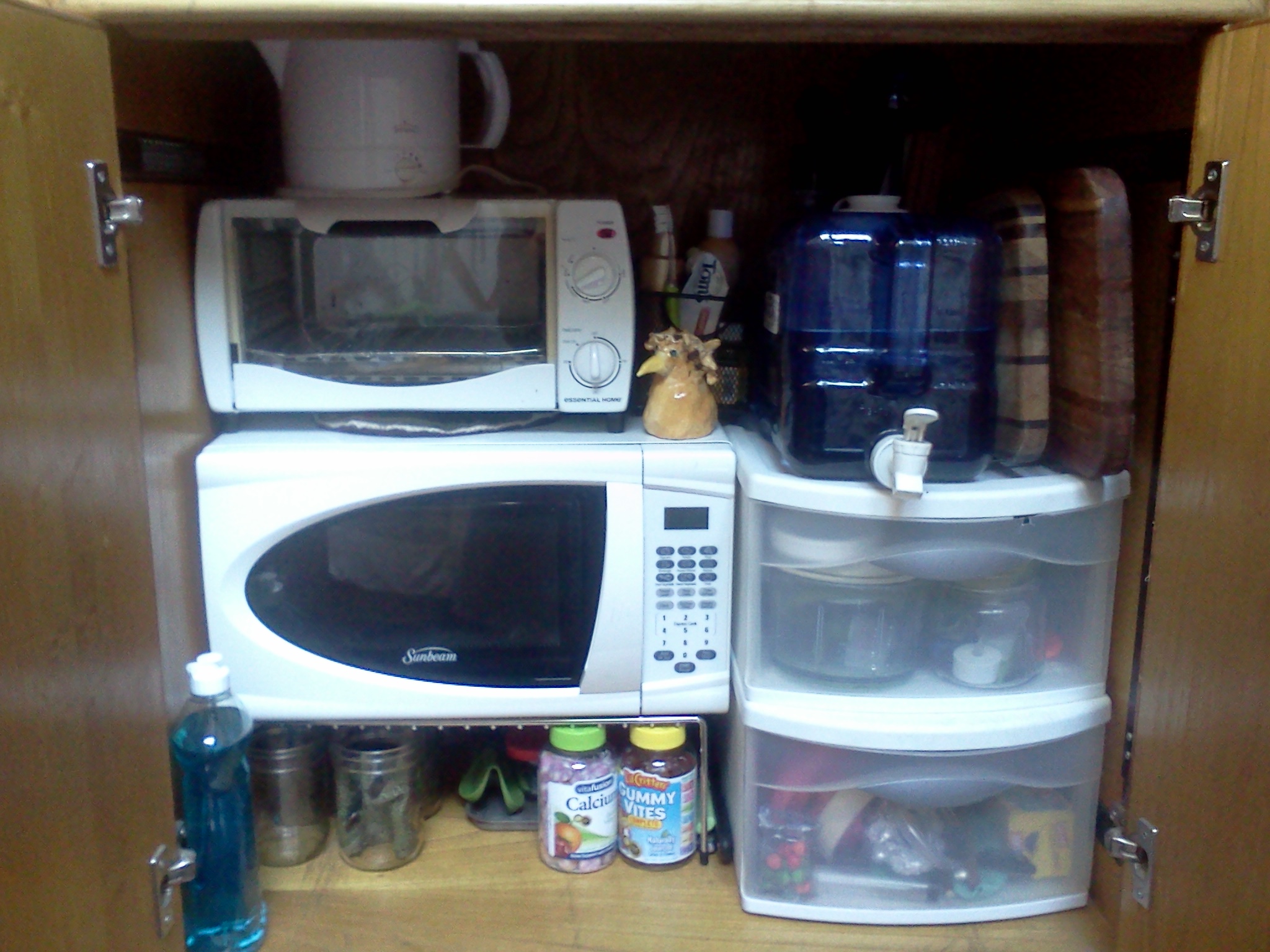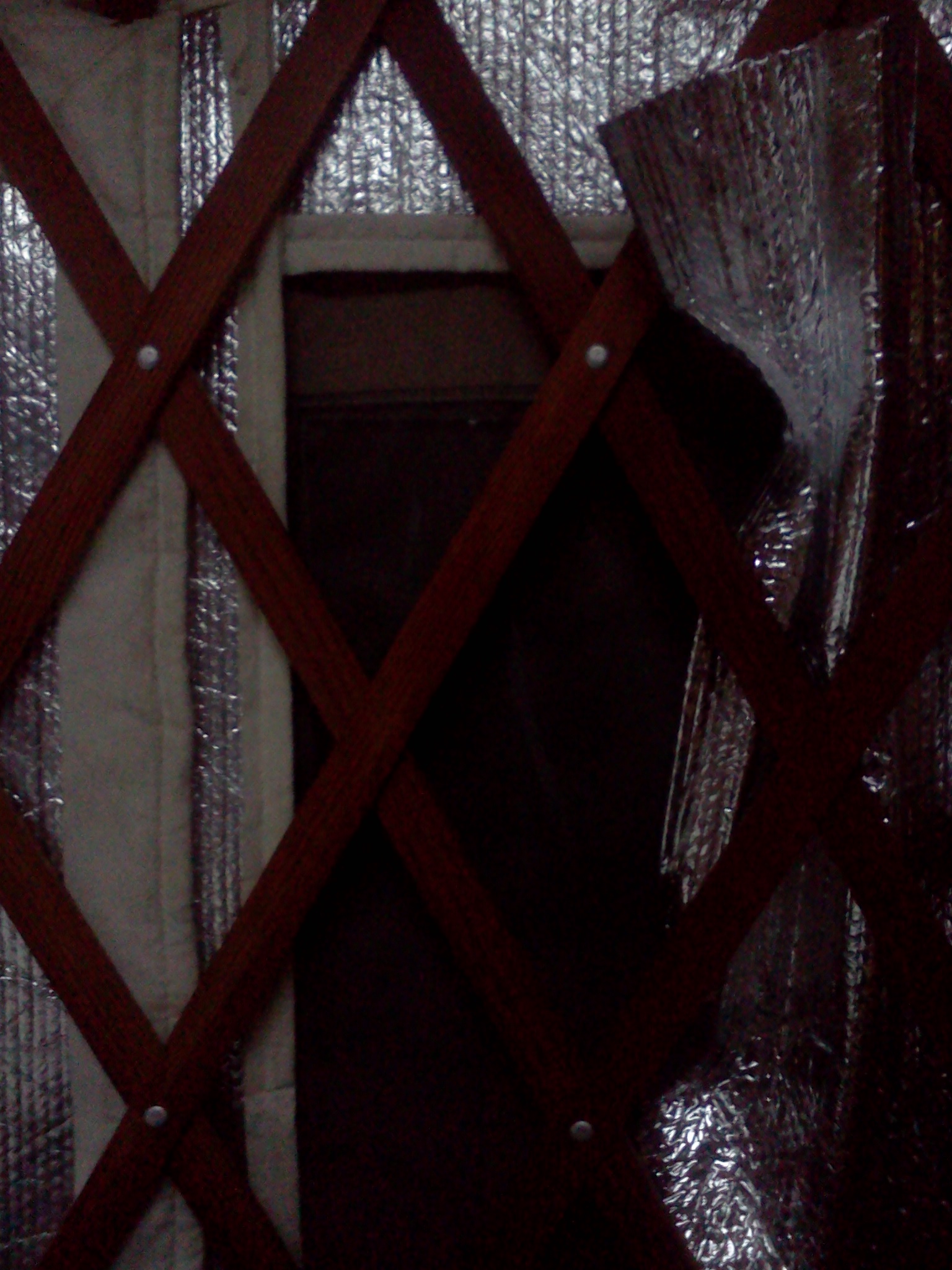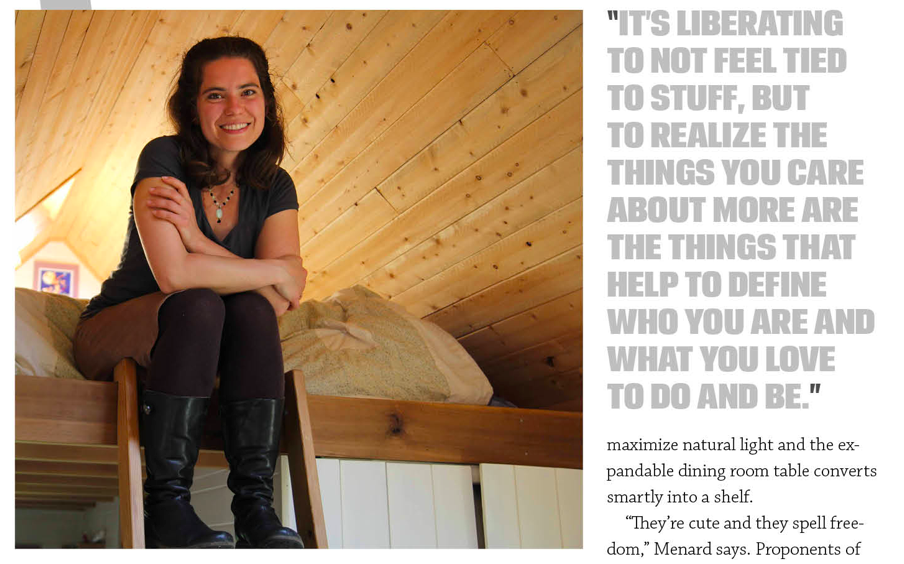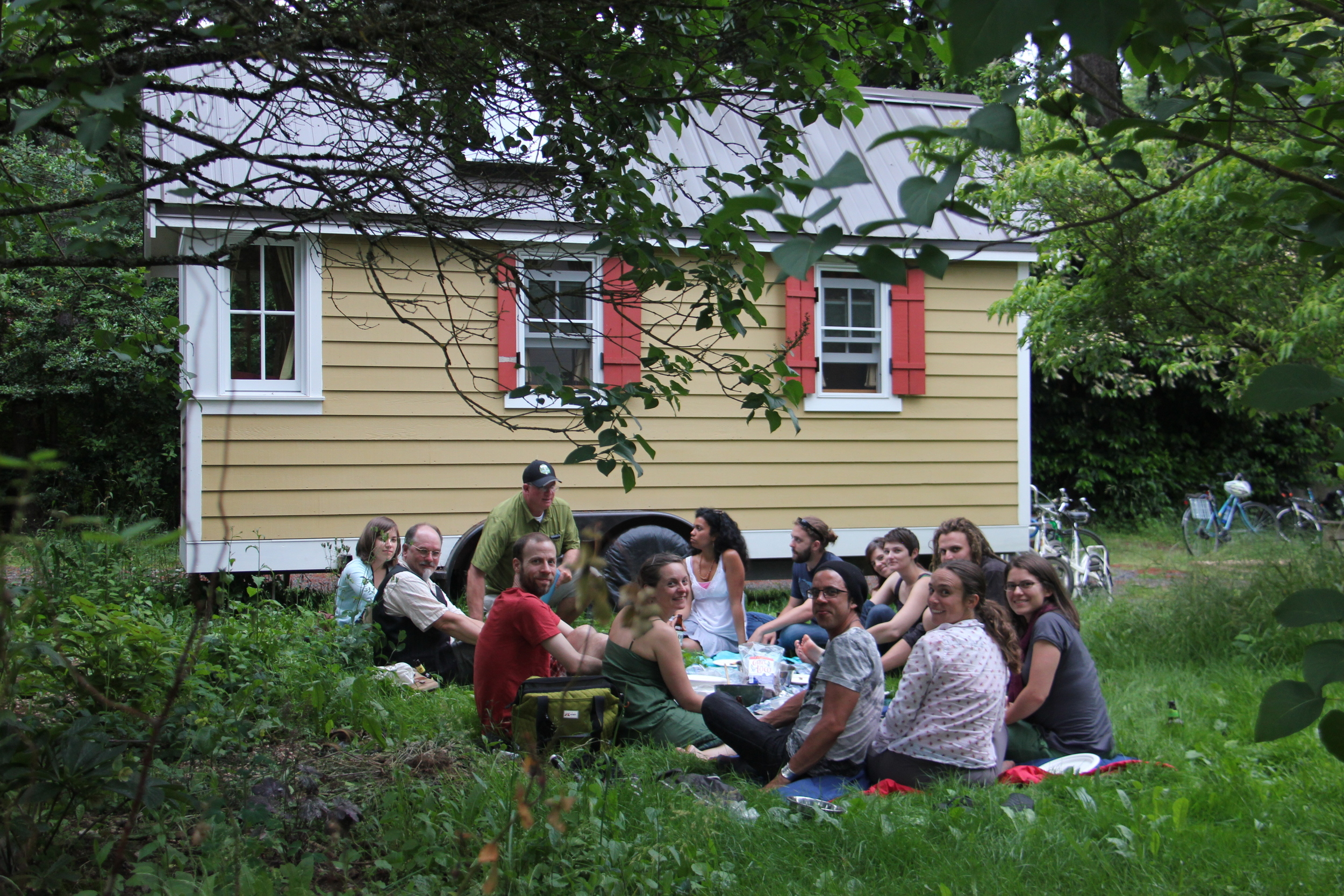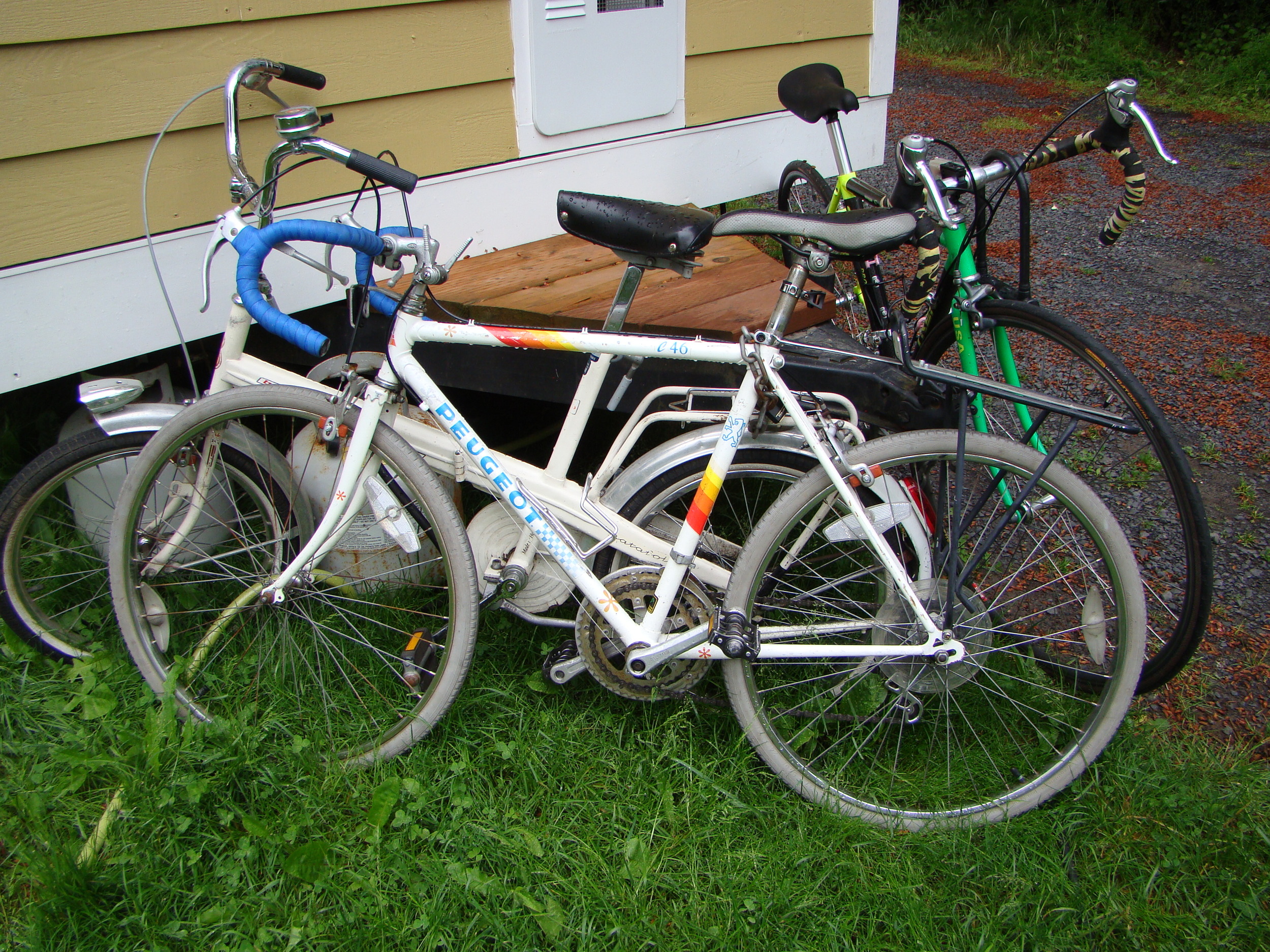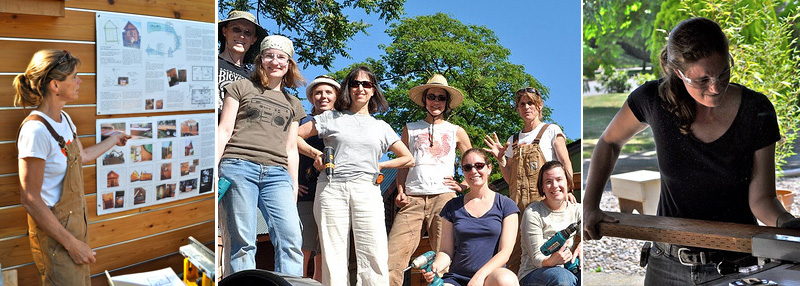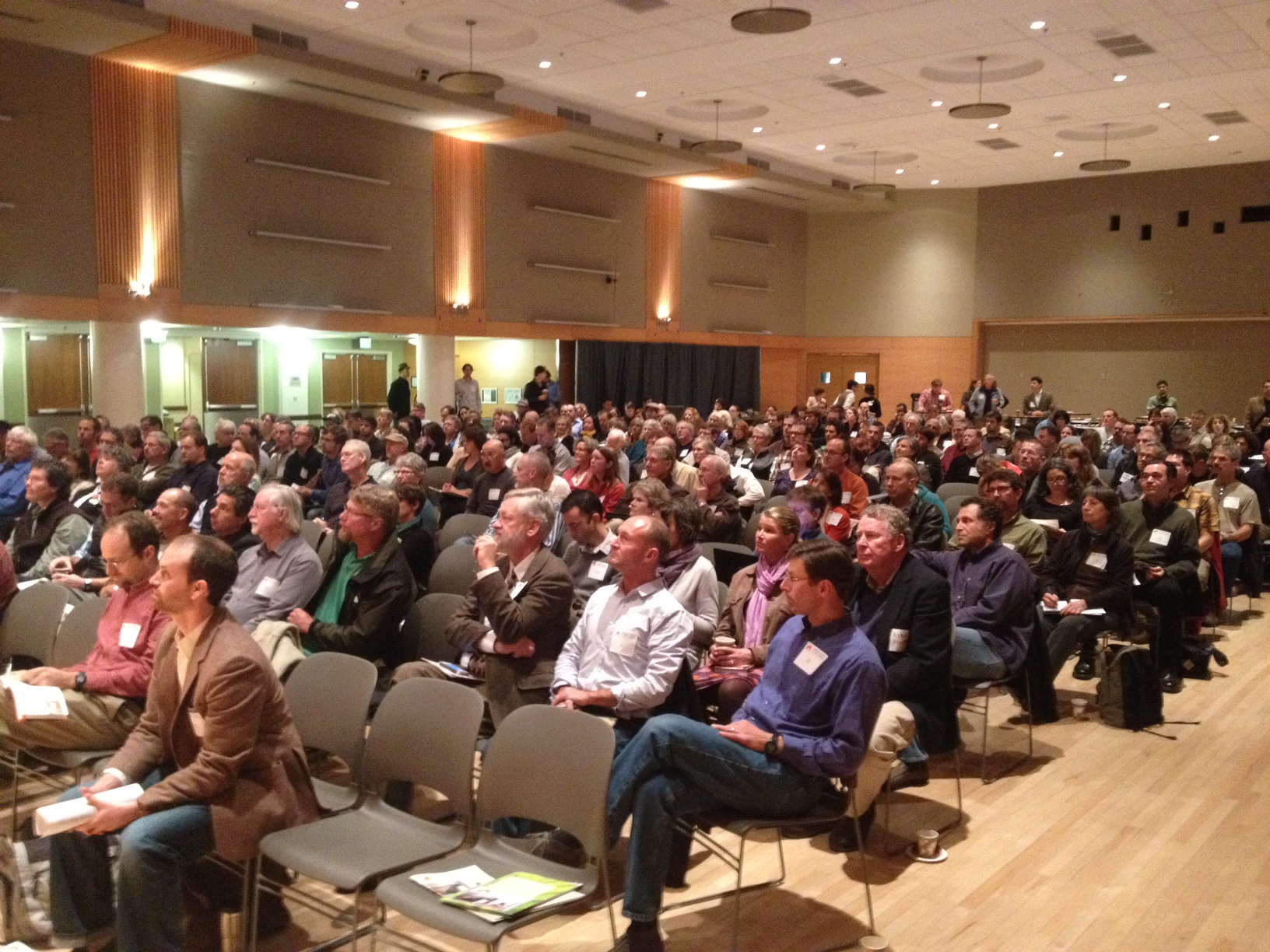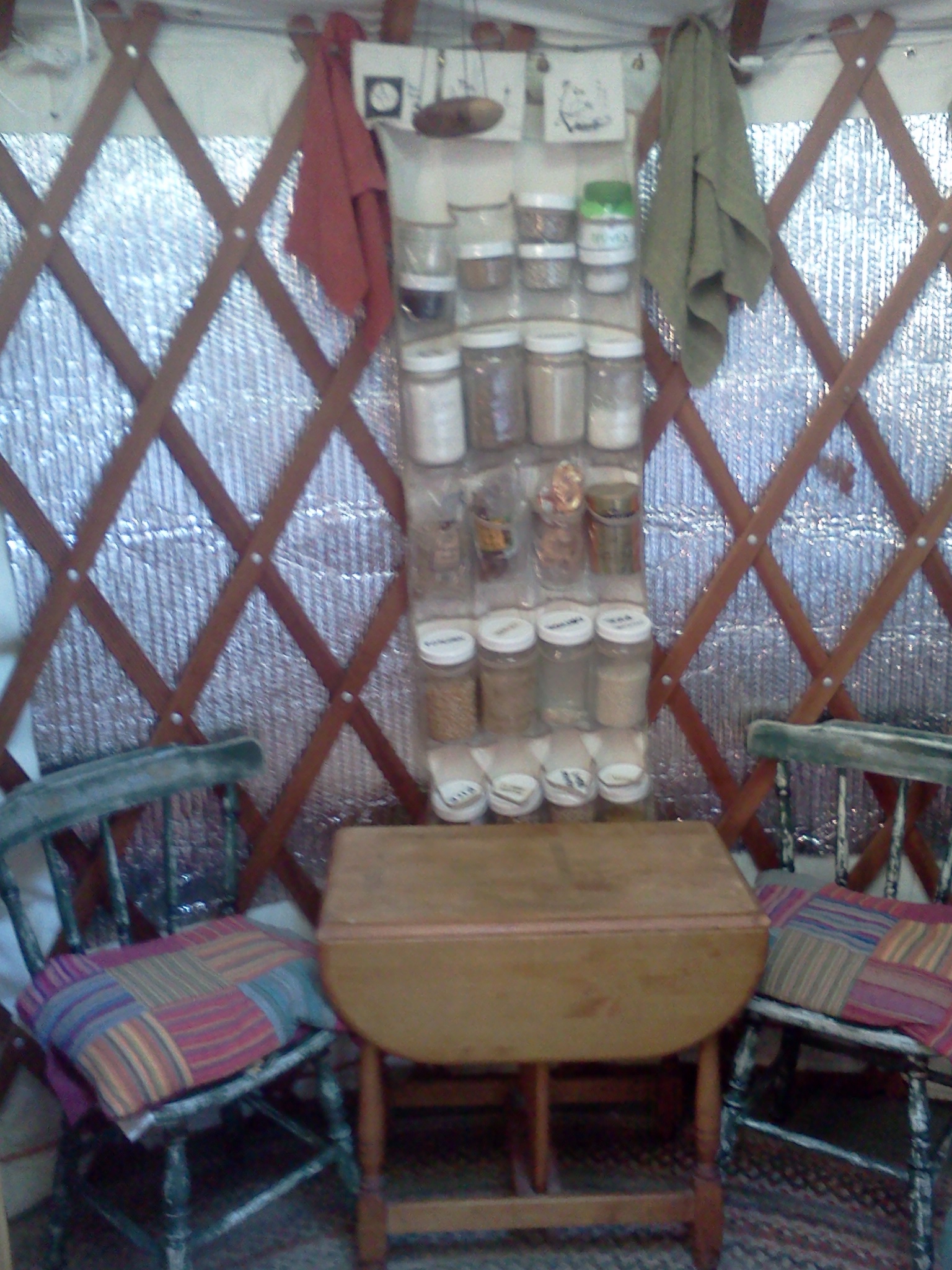 In September I marked A Year of Little Living by Downsizing from a Tiny House to a Tinier House. When I moved into a 113 square foot yurt I embarked upon My 200 Things Challenge. I've continued to learn a lot about simple living through these adventures. So now as 2012 winds down, I figured it's time to reevaluate.
In September I marked A Year of Little Living by Downsizing from a Tiny House to a Tinier House. When I moved into a 113 square foot yurt I embarked upon My 200 Things Challenge. I've continued to learn a lot about simple living through these adventures. So now as 2012 winds down, I figured it's time to reevaluate.
As I moved my belongings out of the tiny house into My Summer Garden Cottage and then into my Home, Sweet Yurt, I had an opportunity to critically evaluate my possessions. When I began the process of downsizing a year and a half ago so that I could move into a tiny house on wheels, I was very intentional about choosing which possessions I would bring with me and what activities I would do. I knew I'd be busy studying for my Masters of Urban and Regional Planning, so I figured I'd need my very small collection of design reference books, my office supplies, and my laptop computer. I knew I wouldn't have as much time to cook or as much space to host dinner parties, but a well-stocked kitchen was important to me, even in a tiny house. And, of course, my clothes and bedding would be essential. Special things I brought along included my craft supplies, decorations, and scrapbooks. I rented out my two-bedroom bungalow in Walla Walla partially furnished and stored four boxes in a friend's basement.
I’ve never enjoyed shopping much so I didn’t have to give that up when I moved into a tiny house. But I do have a hard time turning down a good deal (especially free!) so this year I’ve had to be more intentional about not letting anything into my life that I don’t either know to be useful or believe to be beautiful. As I’ve thought about my consumption patterns I realize that I usually pick household items that I enjoy using. Good tools – like an impact driver that fits well in my small hands and flatware that has nice balance – make the task more enjoyable (and eating and building are pretty great anyhow!) So I insist upon comfy shoes and cozy coats... and delicious healthy food for that matter. Focusing on high quality things, whether durable or consumable, seems to really increase my quality of life, and that's invaluable. Some household things I consider essentials (such as sharp knives, a warm blanket, a comfy mattress). Others household things – like a set of candleholders and a pretty wooden salad bowl – aren’t necessities, but I think they make my house my home.
I haven’t acquired much over the past year. It helped that there simply wasn’t much room to store new things. My acquisitions were mostly things to support my Little Life: a drinking water quality hose, a Kill-A-Watt electricity meter, an Envi Heater, a utility bike with a rack for grocery-getting, and a speedier road bike for longer distances. I've been gifted a few things this past year, too, and fortunately most people have been very conscientious in their gifting. The items have been very special things that are worth counting, including some air plants (these are so cool!) and a my kitchen chicken (a clay sculpture, courtesy of my talented 10 year old cousin Baeven). Thanks to grad school I also seem to have collected more paperwork, too, but I’ll be Getting All My Docs in a Row sometime soon. So all things considered I've done pretty well at maintaining a Little Life.
In the next couple days I'll do a New Year's Re-Inventory to see where I stand with My 200 Things Challenge. Stay tuned for the update!







